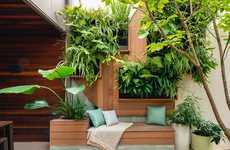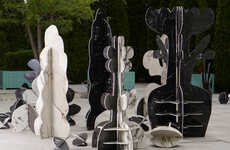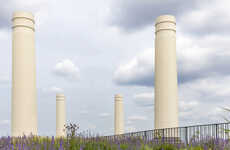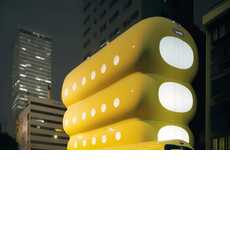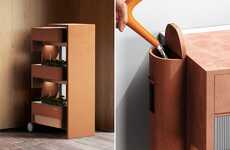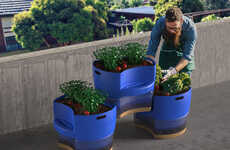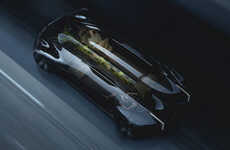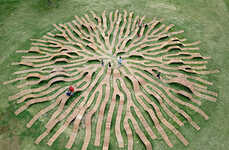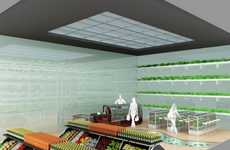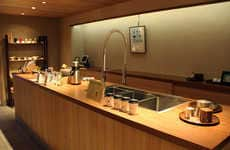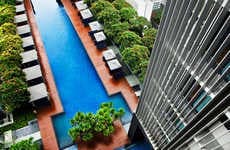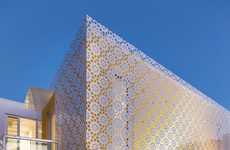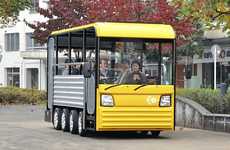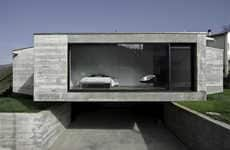
Marco Castro Cosio's 'Bus Roots' is a Moving Roof Garden
Meghan Young — October 6, 2010 — Autos
References: marcocastrocosio
'Bus Roots' shows that almost anything and everything can be turned into a garden. Artist Marco Castro Cosio appeared to be aiming towards this concept when creating this piece.
The idea has already earned no small amount of recognition from the design world, as 'Bus Roots' recently netted a second runner-up nod in the DesignWala Grand Idea Competition. Based on Cosio's thesis at NYU, 'Bus Roots' could potentially change the face of our planet. "If we grew a garden on the roof of every one of the 4,500 buses in the MTA bus fleet," says Cosio, "we would have 35 acres of new rolling green space in the city."
The idea has already earned no small amount of recognition from the design world, as 'Bus Roots' recently netted a second runner-up nod in the DesignWala Grand Idea Competition. Based on Cosio's thesis at NYU, 'Bus Roots' could potentially change the face of our planet. "If we grew a garden on the roof of every one of the 4,500 buses in the MTA bus fleet," says Cosio, "we would have 35 acres of new rolling green space in the city."
Trend Themes
1. Green Transit Movement - The trend of integrating more green spaces in public transportation in order to promote eco-consciousness and improve quality of life for people living in urban areas.
2. Urban Agriculture - The trend of utilizing spaces in urban areas, such as rooftops and public transportation vehicles, to grow crops in order to provide fresh food to city dwellers and reduce the carbon footprint of importing produce.
3. Mobile Vertical Gardens - The trend of creating mobile gardens on vehicles such as buses and cars, which improves public transportation aesthetics while promoting green spaces and reducing carbon emissions.
Industry Implications
1. Public Transportation - The industry can explore the integrated use of green spaces in transportation vehicles to promote sustainability and create additional economic opportunities by using these green spaces as educational hubs or for local food production.
2. Agriculture - The industry can explore the use of urban spaces like rooftops, public transportation vehicles or interstitial spaces to create healthier and eco-friendlier living spaces and economic opportunities for local food production initiatives.
3. Design - Designers can explore incorporating vertical gardens and other greenery into their designs, especially in urban spaces, to improve the aesthetic value of the city while promoting sustainability and reducing carbon emissions.
4.9
Score
Popularity
Activity
Freshness

